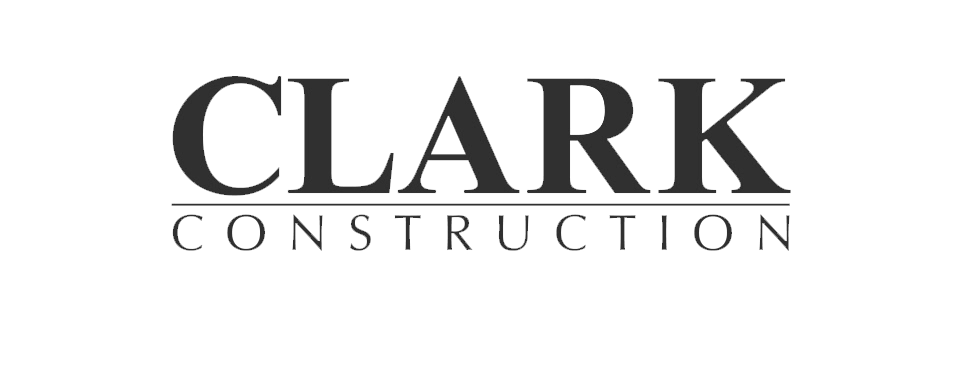Grunley Construction Company, Inc.
National WWI Memorial in Washington, D.C.

Award of Merit
Best Institutional Facility
Project Team
U.S. Foundation for the Commemoration of the World Wars - (Owner)
GWWWO, Inc. - (Architect)
Grunley Construction Company, Inc. - (General Contractor)
Project Description
World War I (WWI) has historically been labeled “America’s forgotten war,” even though more Americans gave their lives during WWI than during the Korean and Vietnam wars combined. Until recently, WWI was the only major American war of the 20th century that was not commemorated with a memorial in our nation’s capital. All of this changed in January 2013, when President Barack Obama signed Public Law 112-272 that established the U.S. Foundation for the Commemoration of the World Wars (the Commission) to ensure the suitable observance of the centennial of World War I. Nearly two years later, D.C.’s Pershing Park was designated a National WWI memorial site.
In 2019, our firm was awarded the $22 million contract to construct the National WWI Memorial in Washington, D.C. - the first monument in our nation’s capital to honor the 4.7 million Americans who served in the Great War and the 116,516 who paid the ultimate sacrifice. The new memorial is located on the 1.76-acre former Pershing Park site, located one block east of The White House. The first phase involved preservation and demolition of existing site features, including incorporating the 8-foot bronze General John J. Pershing commemorative statue into the new memorial designed by architect Joseph Weishaar. The revitalized park site features new landscaping, lighting, and streetscape, as well as installation of a new reflecting pool. A pedestal wall will eventually hold the heroic, bronze, bas-relief sculpture “A Soldier’s Journey,” currently being sculpted by Sabin Howard, that depicts American troops. The sculpture will be placed at the site during the second phase of construction and will be the largest freestanding high relief bronze sculpture in the Western Hemisphere.
Addtionally, the new memorial site now features a custom water feature that includes two water walls and a center scrim pool that can be raised and lowered. This capability provides versatility and the ability to maximize use of the space for potential events to be held on the viewing platform. A new rainwater collection feature was also installed. All the rainwater from the site is collected in a new concrete cistern buried in the south berm. The stormwater is harvested and recycled to irrigate the approximate 31,000 square feet of new landscaping. The technique of micropiling was used to provide structural support for the water feature wall, viewing platform, and cast in place concrete cistern. These were installed utilizing a high frequency impact hammer, reducing vibrations and impacts to the historic buildings surrounding the site while providing the needed structural support for the new memorial features.
The project team excelled in craftsmanship and quality throughout the construction of the National WWI Memorial in Washington, D.C. project. These efforts are highlighted by the beauty of the hardscape. A key component of this memorial was the retention of 90% of the original Pershing Park hardscape to be incorporated into the new site. During the project, the existing granite stairs and Pershing Plaza pavers were carefully salvaged, reset, and repaired, as needed. Nearly every stone was individually cataloged, documenting its location and condition, then salvaged and carefully stored off-site. After the installation of the underground utilities, the stones were returned to the site and reinstalled in their original location. Stones that were documented as damaged were repaired using the dutchman method. The stones were cleaned utilizing a Rotec system to remove accumulations of minerals over the years which had discolored the stones. This was all done while maintaining the critical existing elevations of each of the stones.
Other stones salvaged and reinstalled during this project included the granite cobble stones and the terracotta pavers that were installed at the upper and lower terraces as well as along the grove on Pennsylvania Avenue. The cobble stones were reinstalled in the original fan pattern replicated by a custom mold prior to salvaging the pavers. In addtion, the project features several types of high-quality stonework including a custom corduroy finished granite wall spanning 60 feet created out of 3-foot-wide and 12-foot full height panels. The project team performed several mockups and utilized different techniques until the desired finish was achieved.
During the project, several challenges were encountered including unforeseen issues with buried concrete structures, conflicts with existing elevations, site closure due to nearby protests and demonstrations, poor weather, and a national pandemic. One of the greatest challenges the project team overcame while building the memorial was modifying the existing tight site to fit the new design while respecting its close proximity to secure federal buildings. The project team worked closely with the design team and subcontractors to develop approaches to successfully overcome this predicament.
The team worked through unforeseen challenges such as finding nearly 2-foot-thick concrete slabs that were not indicated on the as-builts drawings and discovering existing utility lines in different locations than indicated on the as-builts. While many of the existing features of the park, such as the stairs around the pool or the pavers at Pershing Plaza, were required to be reinstalled at their existing elevations, new critical elements such as ADA compliant ramps, sculpture wall/viewing platform/pool pavers were introduced that required unique, highly critical elevations. The entire project team carefully coordinated the elevations of new work with the existing elements to keep the project on its 15-month accelerated schedule. The existing General Pershing Sculpture and associated walls also presented a challenge since they had to be protected in place at the east side of the site. Due to a conflict with the support of excavation system along the north side of the jobsite, the Bex Eagle bronze and granite statue had to be strategically relocated, through careful coordination, to remain off-site during construction.
On April 16, 2021, The United States World War I Centennial Commission and its partners gathered virtually with people across the nation to watch the historic inaugural raising of the American Flag at the new National WWI Memorial in Washington, D.C. The program included remarks by President Joe Biden. The National WWI Memorial in Washington, D.C. is at last honoring the heroism and sacrifice of the Americans who bravely served in that deadly war. With views of the Washington Monument and National Mall, a reflection pool and 60-foot-long by 10-foot-high bronze sculpture as its centerpiece, this memorial provides space for reflection and commemoration, in addition to connectivity to the larger network of nearby memorials and monuments.
|
|
|
|
|
|
|
|
|
|
|
|
|
|
|
|
|
|
|
|
|
|
|
|
|
|
|







